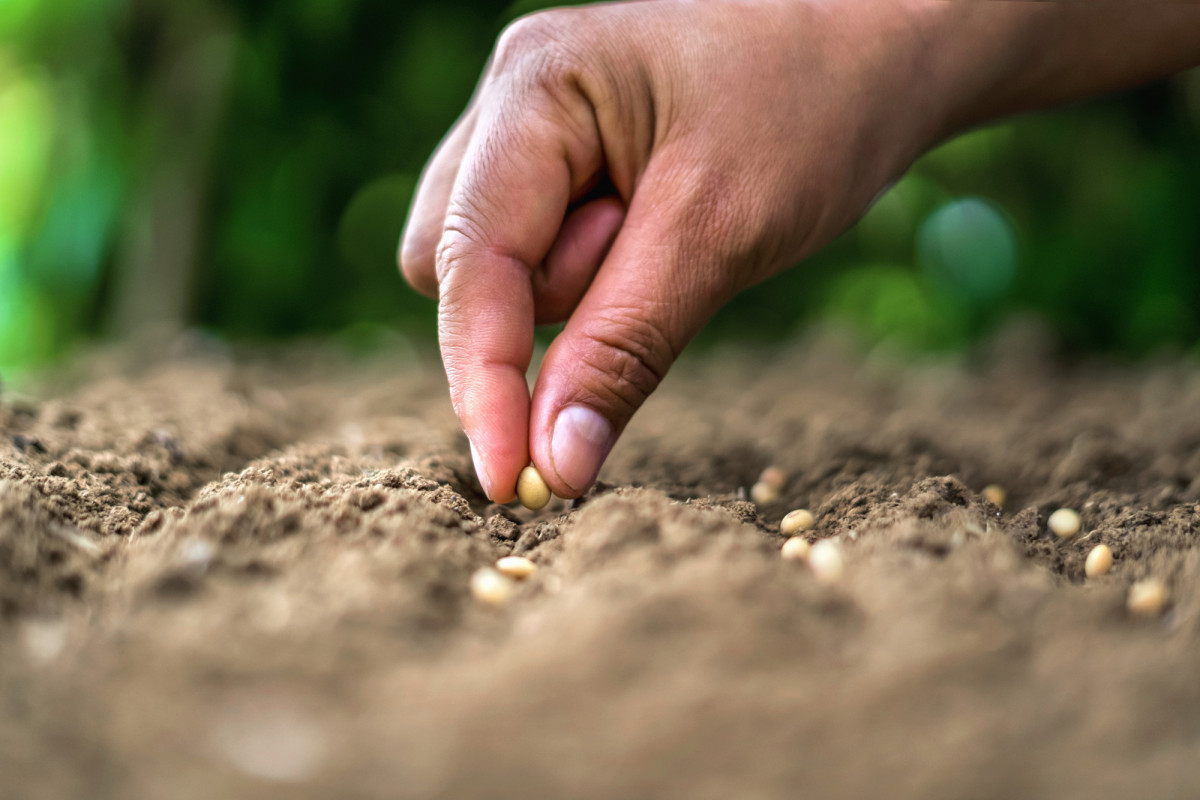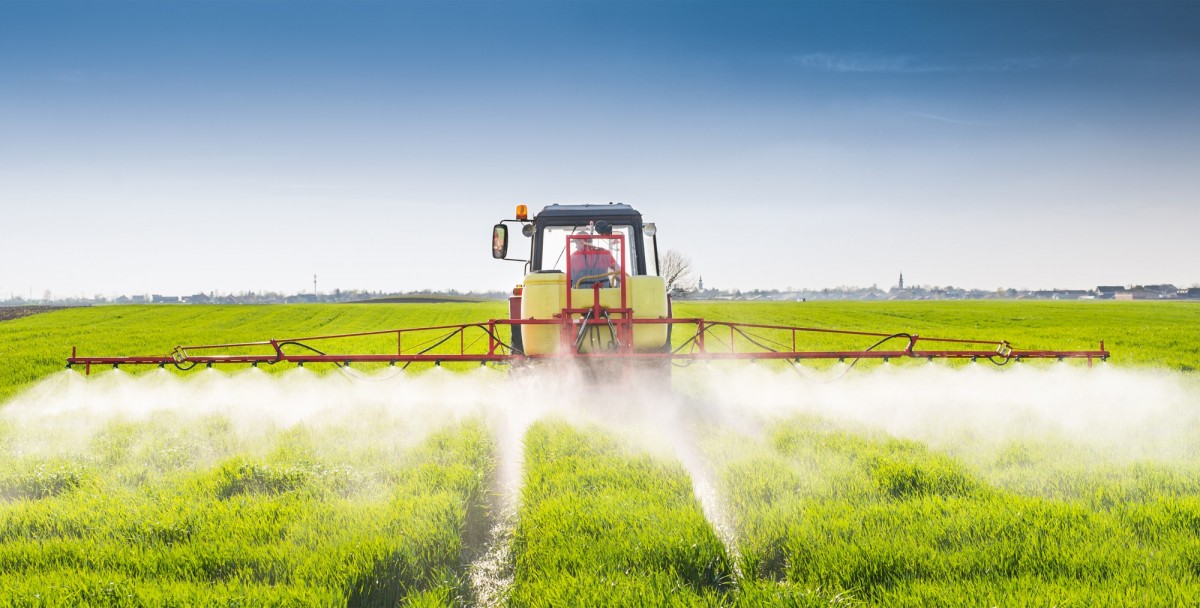How has an abnormally warm winter affected the winter crops?
The current situation in the fields and the control of major pests for crops are in our material.
This winter we didn’t have the frosts that usually eradicate the vast majority of diseases and pests. And now we are seeing an unusually warm beginning of March. These conditions have led to the fact that diseases, pests, and weeds actively develop and adversely affect the condition of winter crops.
According to the data of the State Service of Ukraine on Food Safety and Consumer Protection from March 13, the following phytosanitary status of agricultural plants is indicated: in the southern, central, and partly western regions, mainly in well-developed crops of winter wheat, barley and rye, warm weather conditions have caused the development of Septoria disease, powdery mildew, and fusarium root rot. For the most part, this situation is observed in Vinnytsia, Kyiv, Rivne, Kherson and Cherkasy regions: pathogens persisted by 2–13%, maximum — by 15–20% of plants.
In the Luhansk region, 5% of plants are affected by snow mold (mostly weak crops are located in the lowlands).
In Lviv, Khmelnytskyi, Kherson oblasts, 2–15% of plants showed mainly stem blight, false mildew, and Alternaria disease in the last year's leaves.
In Zaporizhzhya and Kyiv regions, bacteriosis of roots damaged from 2% to 5% of plants.
Weather conditions have also led to the rapid development of harmful insects. In the southern regions, winter cereals sown after stubble crops continue to feed on the larvae of the Zabrus tenebrioides. Their number is 0.2–2, maximum up to 4 insects per m². In the Zaporizhzhya region, larvae of Zabrus tenebrioides damaged up to 40% of plants. Currently, 33–67% of the pest larvae are in the 2nd and 3rd age, so the period of crop damage is prolonged. In the case of sawing the fields with spring crops, the larvae of the phytophagus will feed on the seedlings.
Also in the southern regions, renewal of the caterpillars of the winter scoop on cereals has been observed.
In Zaporizhzhya, Lugansk and Sumy regions, due to the intense warming of the soil, the movement of the larvae of click beetle, Blaps lethifera and larvae of May beetle was intensified in its upper layers.
In Lviv, Zaporizhia, Kherson, Mykolaiv, Odesa, and Cherkasy regions, a large number of hidden beetle beetles were observed on winter rapeseed crops.
Under these difficult conditions, field monitoring and timely fungicidal insecticidal and herbicidal treatments are required. It is best to eliminate harmful organisms in the early stages when it is safe for crops and has not yet been seriously harmed.
It is recommended to pretreat the seeds 2–3 weeks before sowing. Pay attention to the level of protection for the most common diseases and pests in your area and mix mono-preparations properly. It is necessary to enrich the crops with mineral fertilizers with trace elements. They also improve the condition of plants by nourishing them with nitrogen fertilizers and tilling rows.
In order to increase the resistance of winter wheat to stressful conditions during the spring tillering stage, it can be sprayed with liquid complex fertilizers containing micro- and macro-elements and growth regulators.
The timely application of herbicides for ensuring a high yield of winter crops is also the great importance of this year. The harmful flora not only competes with crops for water, nutrients, and light but also promotes the spread of pests and diseases. For reliable weed control, systemic drugs should be preferred. Their mechanism of action allows you to quickly and effectively destroy harmful plants, which will facilitate the smooth growth of winter crops.
This season will undoubtedly be difficult for farmers, but timely action will ensure a good harvest.


